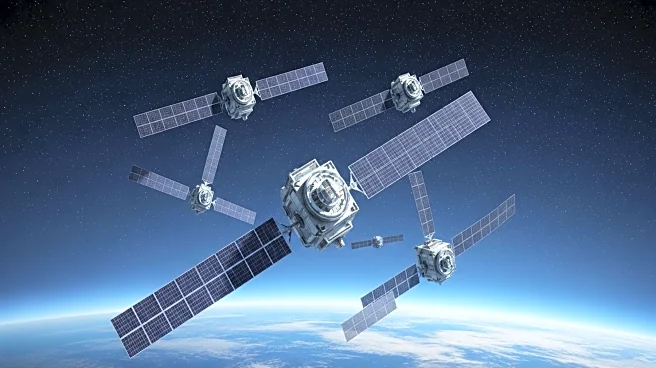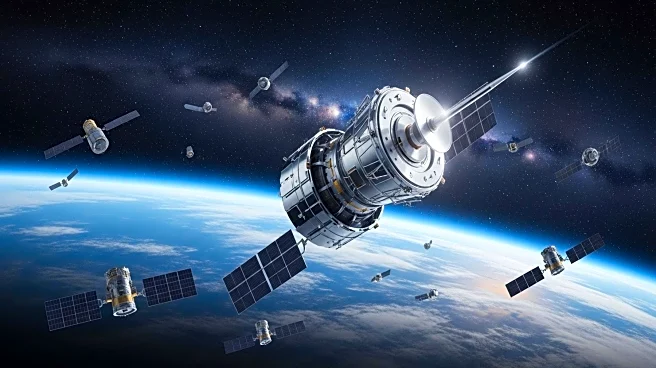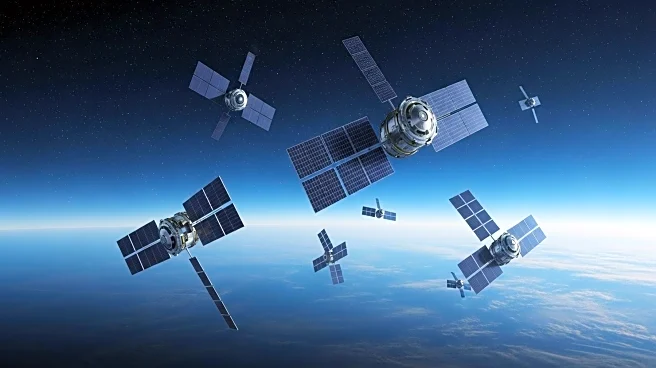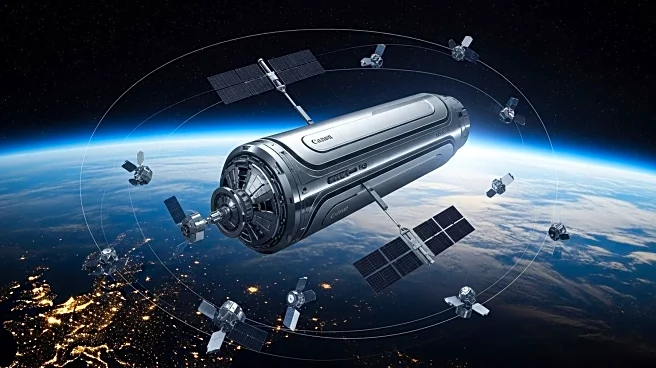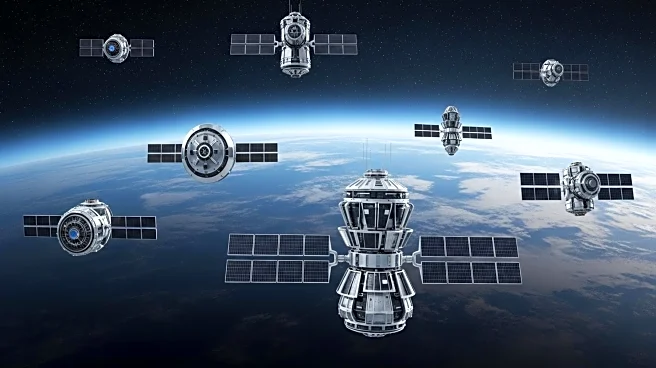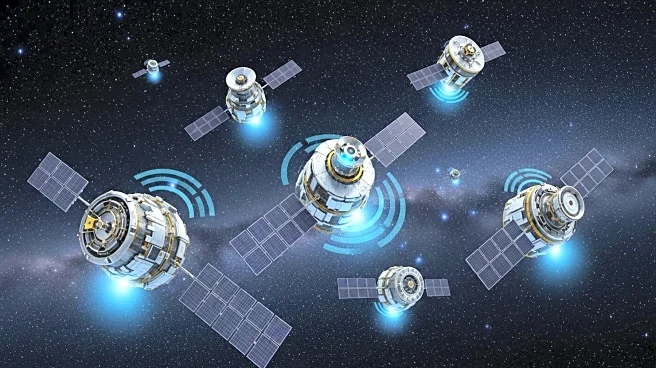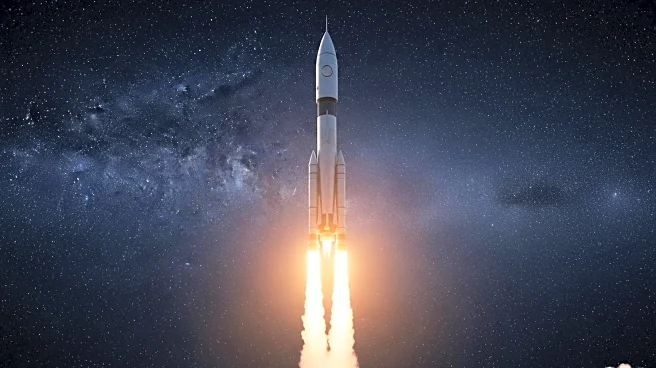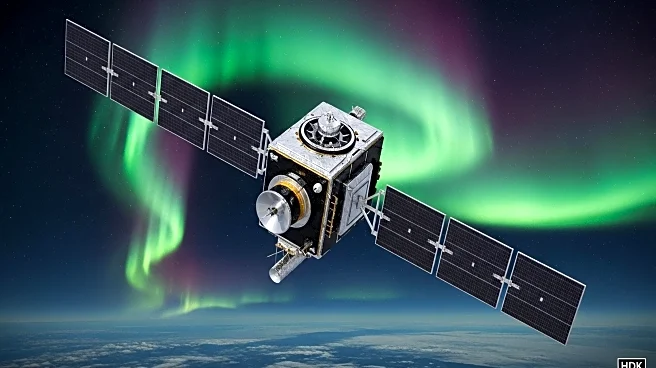What's Happening?
SpaceX successfully launched 28 Starlink satellites into orbit from Florida, continuing its efforts to expand the Starlink internet constellation. The launch was conducted using a Falcon 9 rocket, which returned to Earth after deploying the satellites. This marks the 22nd flight for the booster used in the mission. SpaceX has launched 122 Falcon 9 missions in 2025, with the majority dedicated to building the Starlink network, which now consists of over 8,400 active satellites.
Why It's Important?
The expansion of the Starlink network is significant for global internet connectivity, particularly in remote and underserved areas. SpaceX's efforts contribute to reducing the digital divide and enhancing access to information and communication technologies. The growing constellation also raises discussions about space traffic management and the environmental impact of satellite proliferation. The success of these missions underscores SpaceX's role in advancing commercial space exploration and innovation.
What's Next?
SpaceX plans to continue launching additional satellites to further expand the Starlink network, aiming to provide global coverage and improve service quality. The company may face regulatory challenges and competition from other satellite internet providers. Stakeholders, including governments and industry leaders, will be monitoring the developments to assess the impact on telecommunications and space policy.
Beyond the Headlines
The rapid growth of the Starlink network prompts considerations about the long-term sustainability of satellite constellations and their impact on space debris. Ethical and legal dimensions, such as equitable access to internet services and the responsibilities of private companies in space exploration, are also relevant. The development may influence future collaborations and innovations in the aerospace sector.

